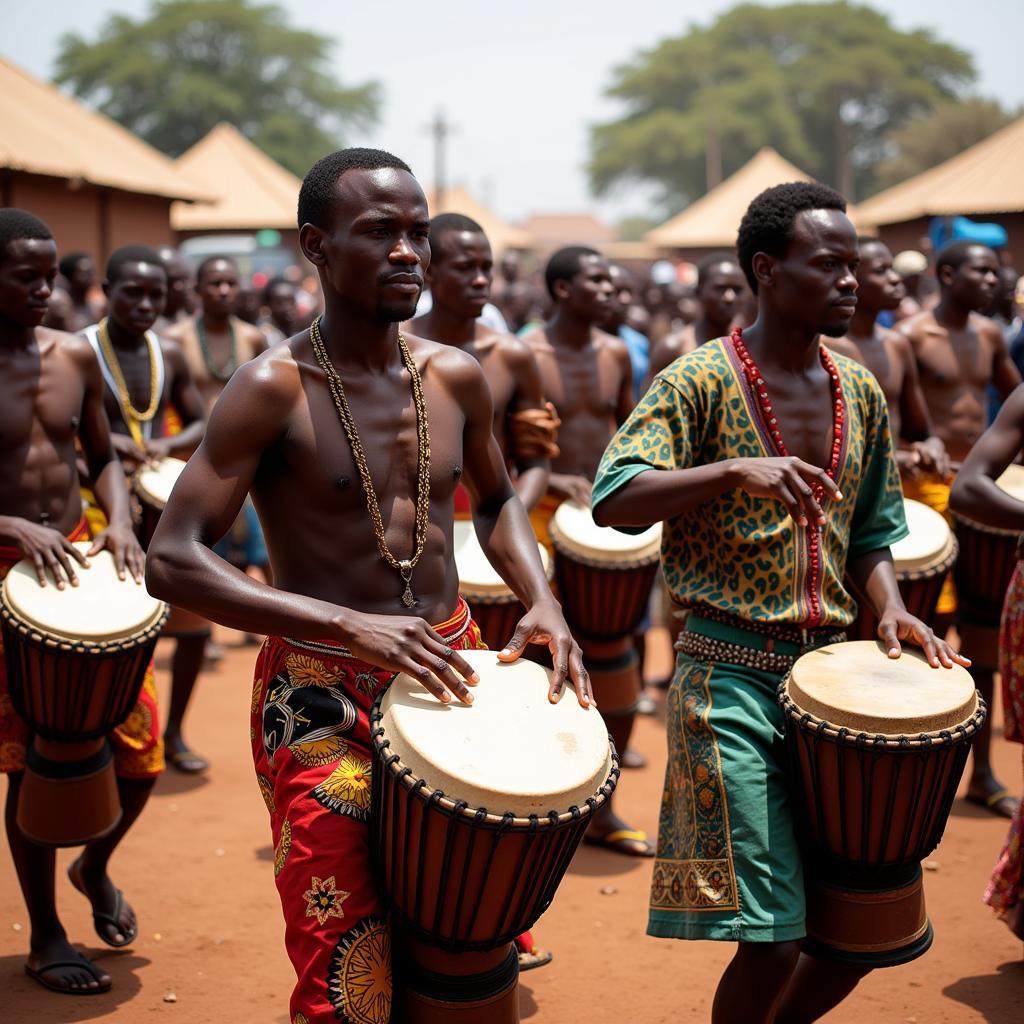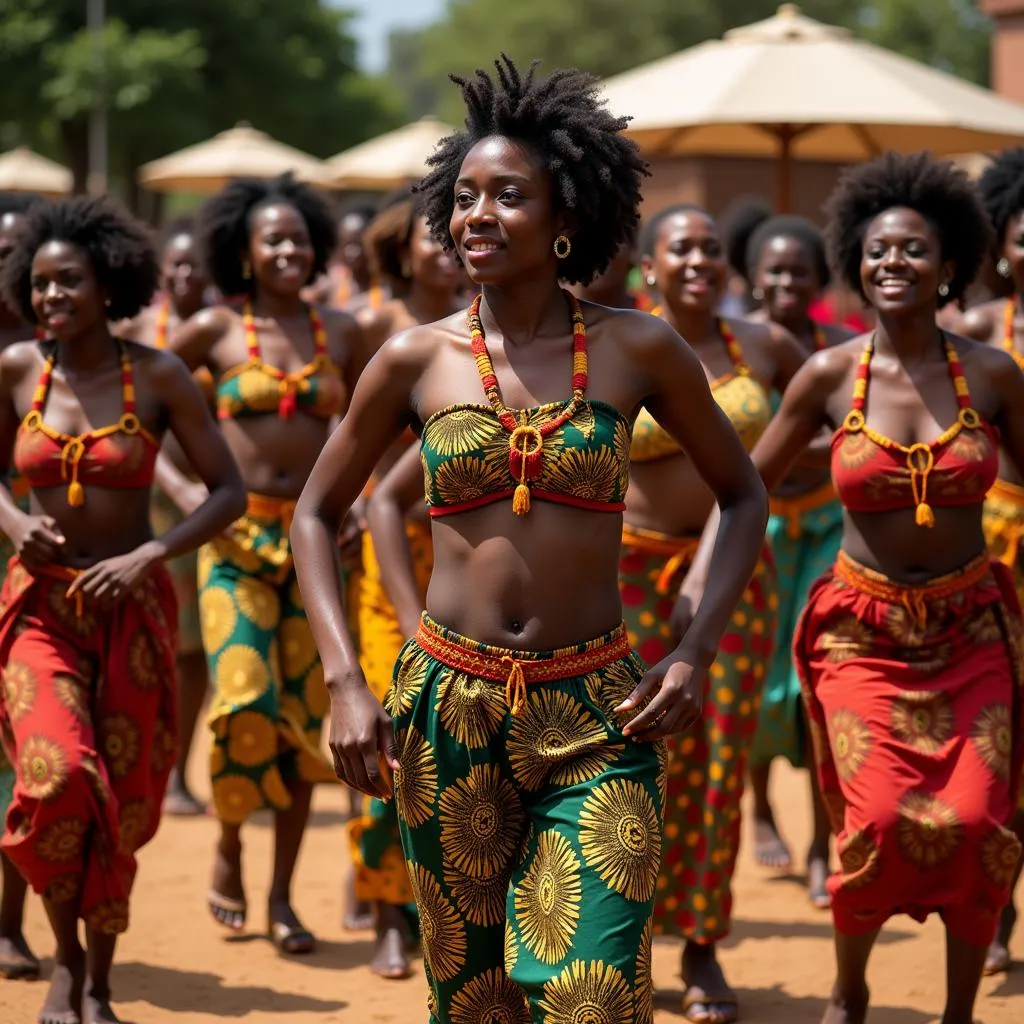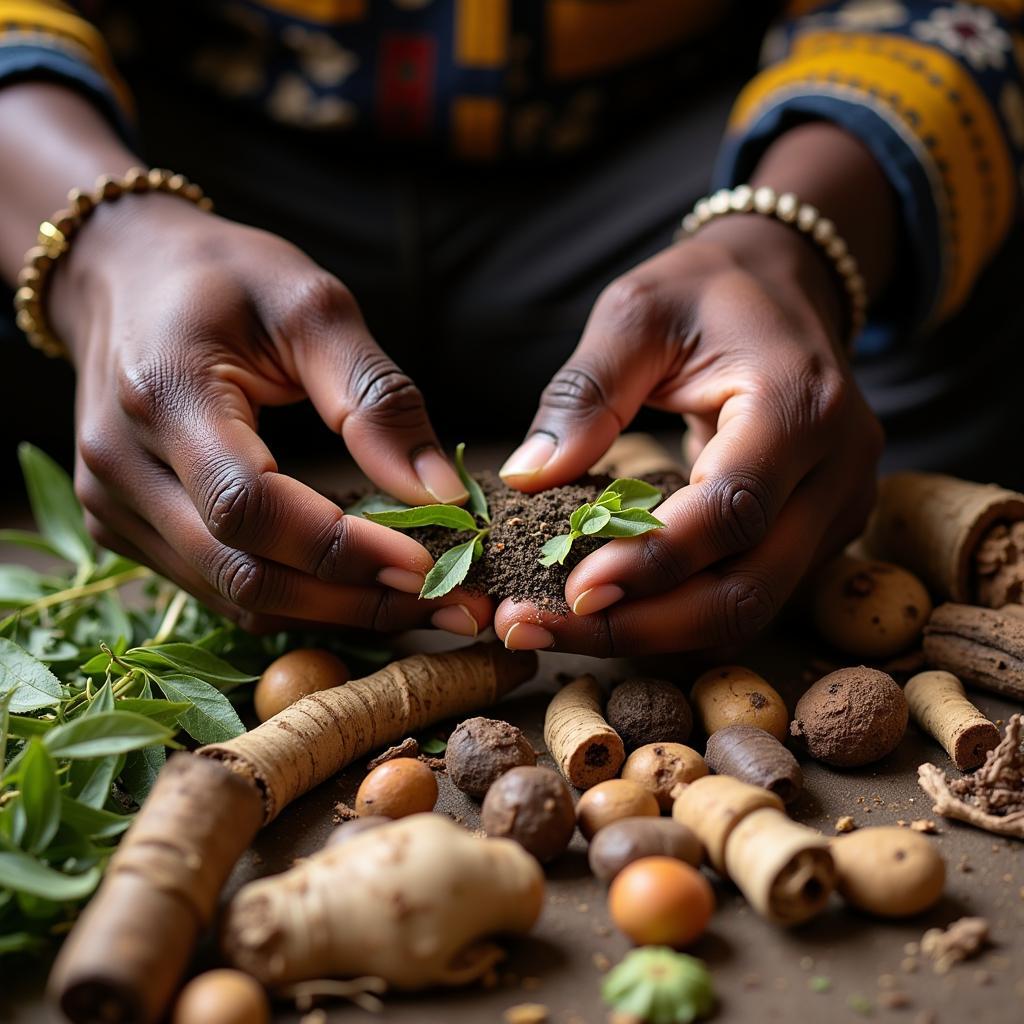The Vibrant Rhythms of African Dance Music
African Dance Music is more than just sound; it’s a vibrant expression of culture, history, and life itself. From the pulsating drums of West Africa to the intricate rhythms of the East, this diverse genre offers a rich tapestry of sounds that have captivated the world. This article will explore the fascinating world of African dance music, its various forms, cultural significance, and its evolution in the modern era. African dance music 2015 showcases a snapshot of this evolution.
Exploring the Diverse Landscape of African Dance Music
African dance music encompasses a vast array of styles, each reflecting the unique traditions and customs of its region. The music often features complex polyrhythms, call-and-response vocals, and a strong emphasis on percussion instruments. These elements create a dynamic and engaging experience that encourages movement and participation. Whether it’s the hypnotic rhythms of the kora or the energetic beats of Afrobeat, there’s a style of African dance music for everyone.
The Cultural Significance of Rhythm and Movement
In many African cultures, music and dance are inextricably linked. They play a vital role in ceremonies, rituals, storytelling, and social gatherings. Music serves as a powerful medium for expressing emotions, celebrating life events, and preserving cultural heritage. Dance, in turn, becomes a physical manifestation of the music, a way to connect with the rhythms and express oneself through movement.
 West African Drum Circle in a Vibrant Community Celebration
West African Drum Circle in a Vibrant Community Celebration
The Evolution of African Dance Music in the Modern Era
African dance music has continuously evolved, adapting to new influences and technologies. From the incorporation of electronic instruments to the fusion with other genres like hip-hop and electronic dance music, African artists have constantly pushed the boundaries of their musical traditions. This has led to the creation of exciting new sounds that have gained global recognition.
African drum music for dance is a good starting point for those wanting to explore traditional rhythmic styles.
The Instruments that Shape the Sound
The rich soundscapes of African dance music are created by a diverse range of instruments. Drums, of course, play a central role, with various types like the djembe, talking drum, and bata drum contributing distinct tones and textures. Other instruments like the kora, mbira, and balafon add melodic layers and intricate rhythms to the mix. Understanding these instruments is key to appreciating the depth and complexity of African dance music.
The Role of Percussion in African Music
Percussion is the heartbeat of African dance music. The intricate interplay of different drums creates polyrhythmic patterns that drive the music forward. These rhythms often have symbolic meanings and are used to communicate emotions and tell stories.
Vocal Traditions in African Dance Music
Vocal traditions also play an important role in African dance music. Call-and-response singing is a common feature, creating a dynamic interaction between the lead vocalist and the chorus. The lyrics often tell stories, offer praise, or convey messages of social and political importance.
Experiencing African Dance Music Today
Today, African dance music enjoys a global audience, thanks to the internet and the increasing accessibility of music from around the world. Numerous festivals and concerts showcase the vibrant energy of African music and dance, providing opportunities for people to experience these art forms firsthand. From established artists to emerging talents, the scene is constantly evolving and innovating, ensuring that African dance music continues to captivate and inspire audiences worldwide. You can even find african dance music free download online from various sources.
Conclusion
African dance music is a powerful expression of culture and a testament to the rich musical heritage of the continent. From its complex rhythms and diverse instrumentation to its deep cultural significance, African dance music offers a unique and engaging experience. As the genre continues to evolve and reach new audiences, it’s clear that its vibrant rhythms will continue to resonate for generations to come. Let’s continue to explore and celebrate the captivating world of African dance music. African dance music 2019 offers another glimpse into the evolving sounds of the genre.
FAQ
- What are some popular styles of African dance music? Some popular styles include Afrobeat, Highlife, Kwaito, and Coupé-Décalé.
- What is the significance of drums in African music? Drums are central to African music, providing the rhythmic foundation and often carrying symbolic meanings.
- How is African dance music evolving today? It’s evolving through the incorporation of electronic instruments, fusion with other genres, and the rise of new artists pushing creative boundaries.
- Where can I experience African dance music live? Numerous festivals and concerts around the world showcase African music, offering opportunities for live experiences.
- What are some key instruments used in African dance music? Key instruments include the djembe, talking drum, kora, mbira, and balafon.
- What is the cultural significance of African dance music? It plays a vital role in ceremonies, rituals, storytelling, and social gatherings, expressing emotions and preserving cultural heritage.
- How can I learn more about African dance music? Explore online resources, attend concerts, and listen to diverse artists to delve deeper into this rich musical world.
More questions and articles on our website. For further support, contact us at: Phone: +255768904061, Email: kaka.mag@gmail.com or visit us at: Mbarali DC Mawindi, Kangaga, Tanzania. We have a 24/7 customer support team.


